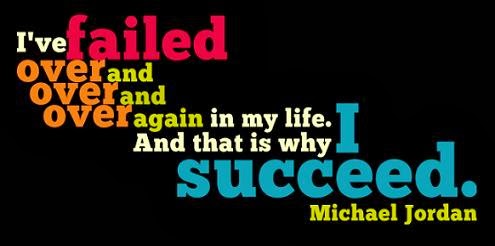Well, hello you guys, thanks visiting my blog. here, some useful information about MGT300 that might help you guys.
SUPPLY CHAIN MANAGEMENT
• The average company spends nearly half of every dollar that it earns on production
• In the past, companies focused primarily on manufacturing and quality improvements to influence their supply chains
BASICS OF SUPPLY CHAIN
• The supply chain has three main links:
1. Materials flow from suppliers and their “upstream” suppliers at all levels
2. Transformation of materials into semifinished and finished products through the organization’s own production process
3. Distribution of products to customers and their “downstream” customers at all levels
INFORMATION TECHNOLOGY’S ROLE IN THE SUPPLY CHAIN
• IT’s primary role is to create integrations or tight process and information linkages between functions within a firm
- Factors Driving SCM
Visibility
• Supply chain visibility – the ability to view all areas up and down the supply chain
• Bullwhip effect – occurs when distorted product demand information passes from one entity to the next throughout the supply chain
Consumer Behavior
• Companies can respond faster and more effectively to consumer demands through supply chain enhances
• Demand planning software – generates demand forecasts using statistical tools and forecasting techniques
Competition
• Supply chain planning (SCP) software– uses advanced mathematical algorithms to improve the flow and efficiency of the supply chain
• Supply chain execution (SCE) software – automates the different steps and stages of the supply chain
• SCP and SCE in the supply chain
• Three factors fostering speed
SUPPLY CHAIN MANAGEMENT SUCCESS FACTORS
• SCM industry best practices include:
1. Make the sale to suppliers
2. Wean employees off traditional business practices
3. Ensure the SCM system supports the organizational goals
4. Deploy in incremental phases and measure and communicate success
5. Be future oriented
• Top reasons why more and more executives are turning to SCM to manage their extended enterprises
• DSSs allow managers to examine performance and relationships over the supply chain and among:
1. Suppliers
2. Manufacturers
3. Distributors
4. Other factors that optimize supply chain performance










No comments:
Post a Comment